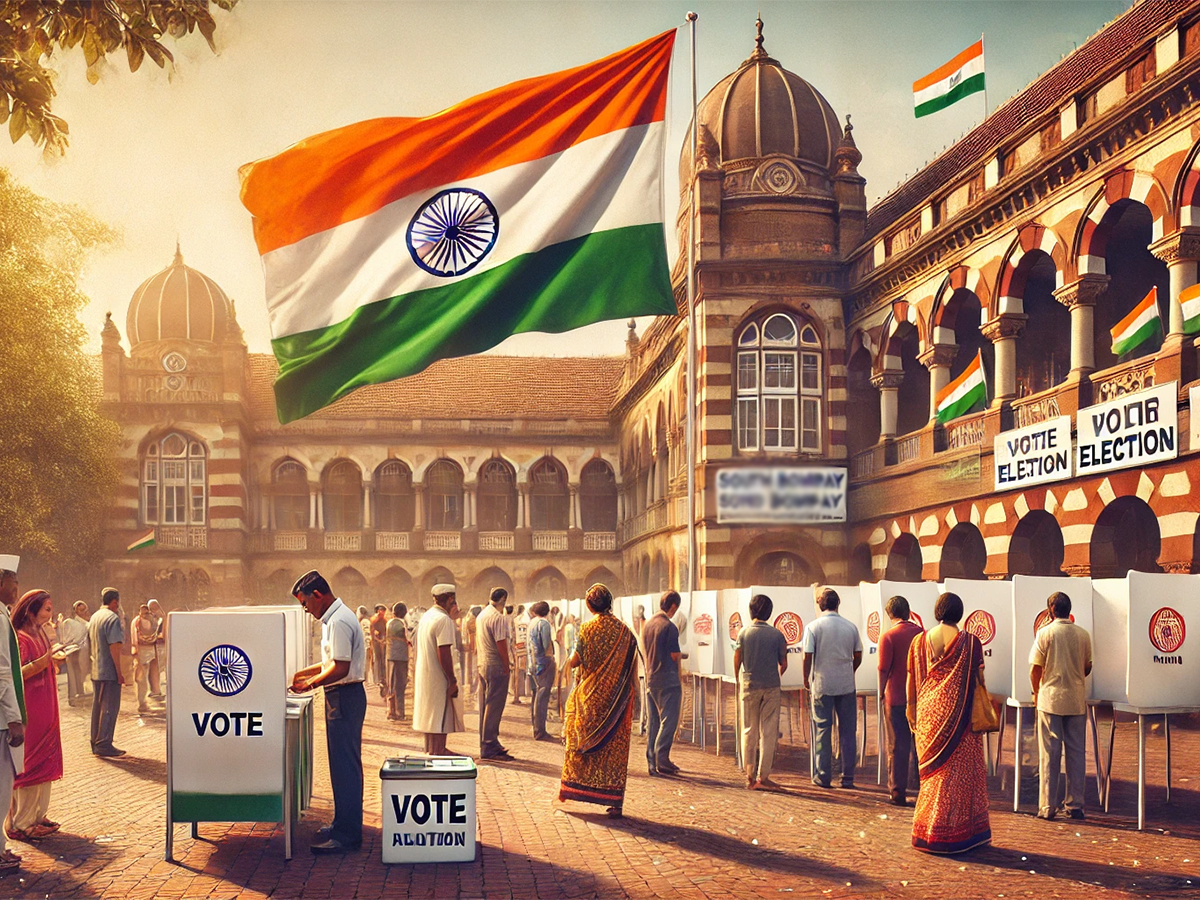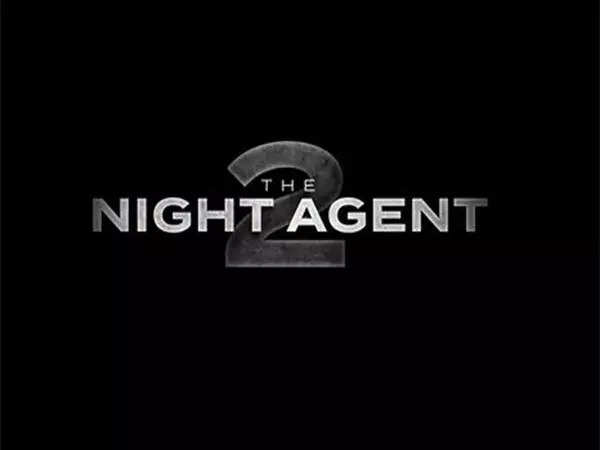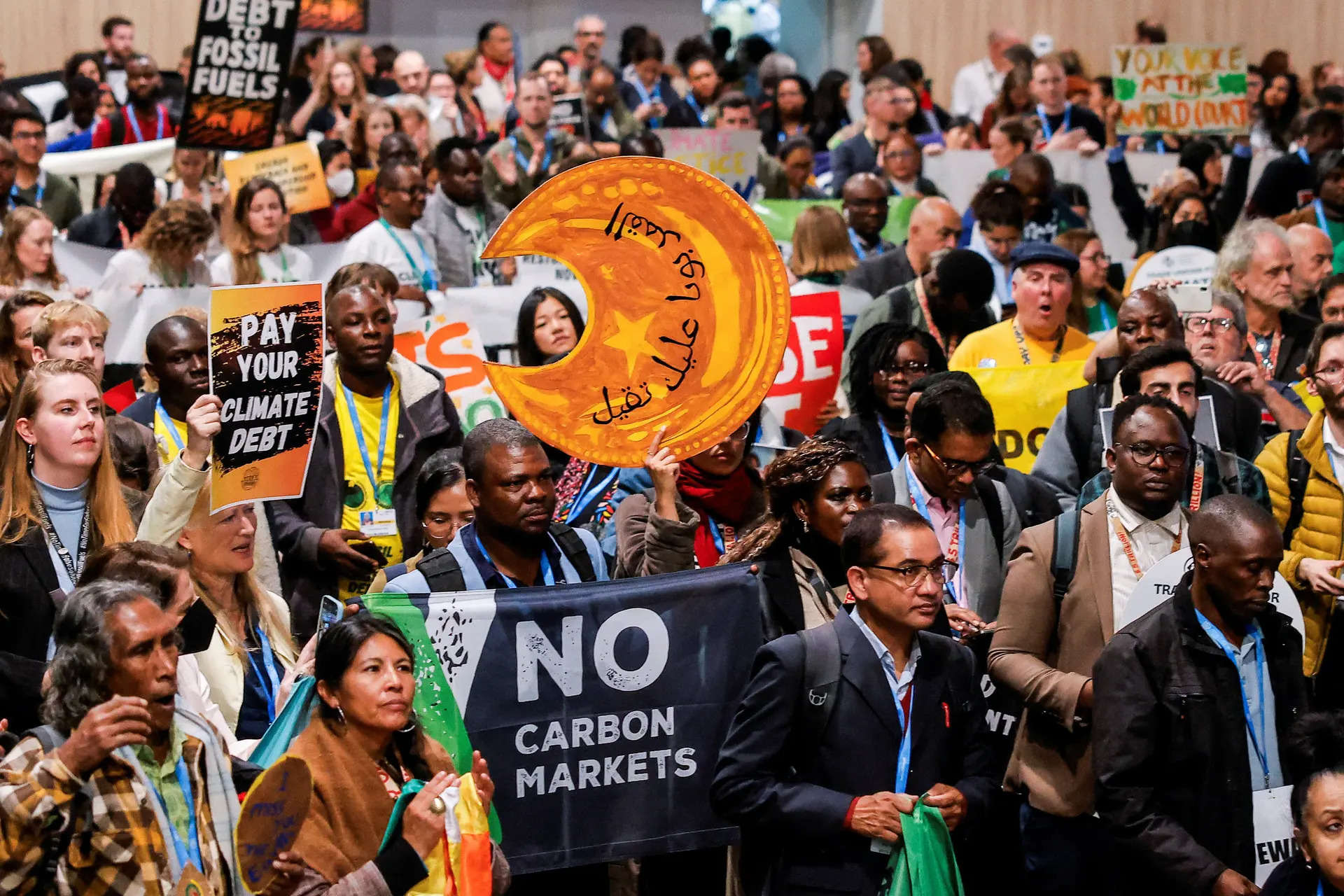
HUNDREDS of residents of Lapu-Lapu City's Barangay Punta Engaño are seriously frustrated with their barangay and city officials over the latter's failure to stop the pollution affecting their neighborhoods and homes. The pollution is being blamed on the dismantling of the 199-meter-long MV Diamond Highway, which was towed to Cebu from Subic a few months before the pandemic lockdown. The Panama-registered vessel was declared a total loss after it caught fire in the West Philippine Sea on June 15, 2019.
The ship was anchored in the vicinity of the town of Consolacion until December 2021, when Typhoon Odette caused it to drift and run aground at Punta Engaño. On April 28, 2023, the cutting of metal by the shipbreaking workers caused a 10-hour blaze. Last January 31, Lapu-Lapu City Mayor Ahong Chan issued a cease and desist order to Pilipinas Precious Metal Resources Inc. (PRMRI), the shipbreaking company, after residents complained about black dust, skin rashes and throat irritation.
But residents recently claimed that the cutting operations continued despite the mayor's suspension order. Some worried locals have relocated.
There are good reasons to be worried about living next to a shipbreaking site. "While ships sometimes carry waste materials as cargo, a ship itself is also considered a waste when the decision is made to dismantle it. Any ship may contain various amounts of hazardous materials within its structure," according to the NGO Shipbreaking Platform (shipbreakingplatform.org). Some of the nasty substances found in ships are asbestos, heavy metals (including lead, mercury and cadmium), mineral oil, polychlorinated biphenyls (PCBs that, when burned, generate the highly toxic to human health dioxins and furans), organotin compounds such as tributyltin, and its substitute cybutryne.
Tributyltin (TBT) and cybutryne are active ingredients in biocides used in anti-fouling systems. Anti-fouling paint is applied on the ship hull to prevent "micro-organisms such as barnacles and algae from accumulating" on the hull (NGO Shipbreaking Platform). TBT was banned in 2008, but Japan banned it as early as the 1990s. Diamond Highway was built in Kobe, Japan, in 2003-2004.
Cybutryne was a replacement for the banned TBT, but unfortunately, by 2019, it had become clear that it was "acutely and chronically toxic for a variety of marine organisms, and in some respects even more harmful than TBT" (Aron Sorensen, June 18, 2021, bimco.org). Cybutryne was banned effective Jan. 1, 2023. Considering that Diamond Highway was operational until June 15, 2019 when it caught fire, its hull was likely still covered in cybutryne-containing paint. The vessel was anchored off Consolacion from around late 2019 until Dec. 16, 2021 when it ran aground, or a total of about four years in the same shallow strait.
Shipbreaking is regulated by the Maritime Industry Authority (Marina). The agency on May 28, 2020 issued Memorandum Circular SR-2020-01 (SR, for shipbuilding and ship repair) containing rules and regulations on shipbreaking operations. The rules are guided by the principles of international conventions such as the Hong Kong Convention for the Safe and Environmentally Sound Recycling of Ships and the International Convention on the Control of Harmful Anti-Fouling Systems on Ships, among others. For shipbreaking — whether done in a yard or on-site — to be legal, its operator must be registered with and licensed by Marina.
MC SR-2020-01 explicitly allows on-site shipbreaking operations in the event that the "vessel cannot be safely moved to the shipbreaking yard." The registered shipbreaking company must apply for a special permit and must have a Marina-approved, ship-specific shipbreaking plan, a certificate of inventory of hazardous materials, and clearances from the Philippine Coast Guard, the local government unit concerned, and the Department of Environment and Natural Resources. Aside from an inventory of hazardous materials expected to be generated in the shipbreaking process, the handling and disposal of these must be described as well.
We must assume that the shipbreaking operation in Punta Engaño by PPMRI was covered by a special permit from the Marina and that all the requirements listed in MC SR-2020-01 have been complied with, including "insurance for on-site shipbreaking." But Marina has been silent since Diamond Highway started to make news in Cebu.
Marina could calm local residents' worried minds by announcing that there is a proper plan for the complete dismantling of the Diamond Highway, that each and every toxic substance found on the ship is being meticulously, competently and responsibly removed and disposed of, and that the site, once dismantling is completed, will be decontaminated. While Lapu-Lapu Mayor Chan may be contracting the ire of affected residents, the LGU not only is not the government agency regulating shipbreaking, it lacks the technical expertise to monitor such operations and deal with contamination and health issues resulting from the release into the environment of hazardous substances. Marina must step up and show that it is on top of the situation.
Read The Rest at :









